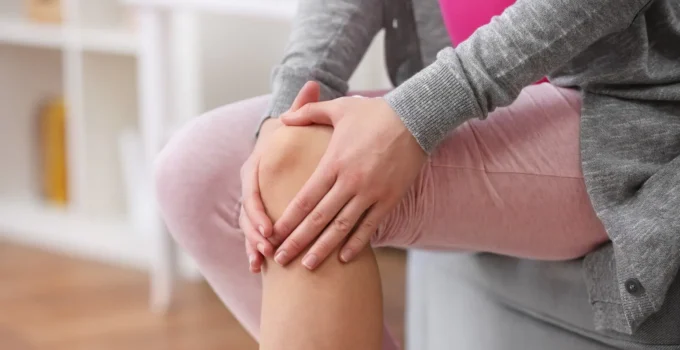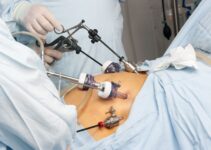Joints are parts of the human body where two or more bones meet. The bones that make up a joint are held together by elastic band-like structures known as ligaments. The joint’s surface is covered by smooth cartilage, which helps prevent friction within the joint. Muscles also form a significant part of joints. They are crucial in controlling movement and are held onto the bones by tendons. Joints take up various shapes depending on their function and are classified into three major classes; freely movable, slightly movable, and immovable.
Why do joints take too long to heal?
Whenever one is injured on the joint several structures are affected. The main reason why joints heal slowly is because of the presence of cartilage, ligaments, and tendons. Unlike muscles which are highly vascularized, tendons, ligaments and cartilages are poorly vascularized, making repair mechanisms difficult. It is important to note that the healing time frame varies from one joint to another depending on the severity of the injury, among other factors.
When one has a joint injury, the muscles heal faster than the cartilage and tendons. The reason behind the quick healing of muscles is blood circulation. Muscles require lots of oxygen supply for optimal functionality, which is made possible by the plenty of blood vessels that run through them. Because of the numerous blood vessels, muscles tend to have a spongy feel. On the downside, being highly vascularized makes them susceptible to injury.
The advantage of being highly vascularized is that it promotes good blood supply. Blood plays a key role in healing. It carries relevant healing components, which are transferred to the muscles, accelerating healing. An increase in blood flow, for example, through massaging the affected area, prompts faster healing.
On the other hand, ligaments and tendons are made of much stronger tissue than muscles. Besides that, they lack a network of veins meaning they are not constantly bathed with vital elements that promote healing; therefore, they take a long time to heal.
Factors that affect joint healing
1. Age

Source: gotpainarizona.com
An aged person takes more time to heal than a young person. Older people tend to have stiff joints because aging is associated with loss of joint flexibility. Stiffness can result from the shortening of ligaments, cartilage thinning, and lack of exercise, among several other factors. Also, in old age, joints have a reduced ability to remodel.
2. Bone pathology
If an individual has any pre-existing bone disease, it may impair one’s healing ability. Common bone disorders include osteoarthritis, osteoporosis, rheumatoid arthritis, and Paget’s disease.
3. Nutrition
The type of foods you eat can either hasten or slow down your healing progress. Joint injury patients should enrich their diet with high-quality proteins, calcium sources, anti-inflammatory fats, and complex carbohydrates. One should ensure they reduce their intake of processed foods and sugars as they promote inflammation.
4. Bone type
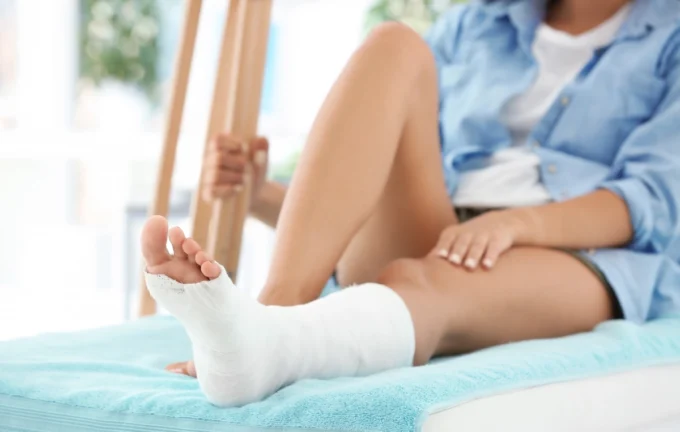
Source: medcomgroup.com
The type of bone affected determines how quickly a joint heals. Some bones, for example, cancellous bones, heal more rapidly than cortical bones. Cancellous bones heal by membranous bone formation.
5. Drugs
The use of certain drugs tends to hinder the rate at which your joints heal. Non-steroidal anti-inflammatory and corticosteroid drugs are major culprits in impairing inflammatory response. Besides that, the use of tobacco interferes with tendon-to-bone healing. Smoking increases the risk of infection at the site of injury.
What is a joint injury?
A joint injury occurs when structures surrounding the joint, including ligaments, bones, tendons, and muscles, tear, stretch or break. A joint injury can result from being overweight, falls, limb twists, and certain medical conditions. Among the many types of joint injuries, dislocation is the most common type. Parts of the body prone to joint injury include elbows, knees, shoulders, hips, and knees.
Signs and symptoms of joint injury
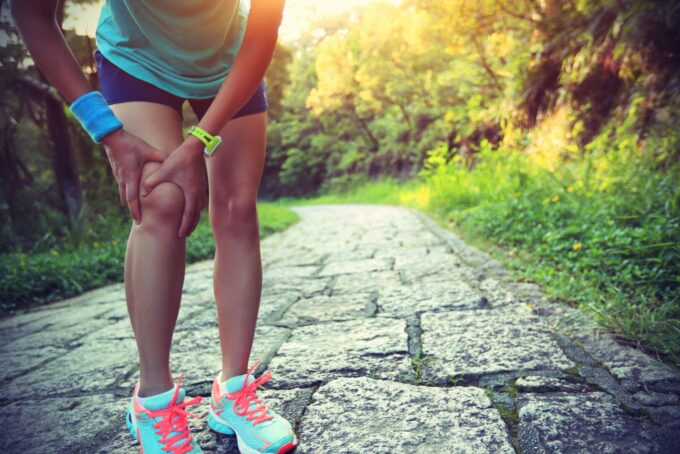
Source: accesssportsmed.com
- Painful movement
- Swelling and warmth of the affected area
- Reduced mobility of affected body part
- Redness
- Stiffness
- Noisy joints when moving
- Numbness
- Difficulties stretching or bending the joints
Types of joint injuries
- Overuse injuries like tendonitis
- Fractures and breaks
- Sprains and strains
- Dislocations
- Bursitis
- Degenerative joint and bone disease
Diagnosis
Diagnosis of joint injury is best carried out through a physical examination carried out by a medical professional. The physical examination includes:
- Evaluating the integrity of structures of the affected joint
- Checking the extremity of injury
- Examining the joint for any visible bruising, pain, and tenderness
Joint treatment
The type of treatment given depends on the type of joint injury of the patient. Joint injuries vary in severity, from less severe to complex injuries. Less severe cases are treatable using home remedies; however, complex cases may require surgery to correct the condition. If surgery is necessary make sure you thoroughly vet the orthopedic surgeon prior to the procedure. An example of a great orthopedist would be Integrated Orthopedics to help you measure.
Common treatment interventions
Medication
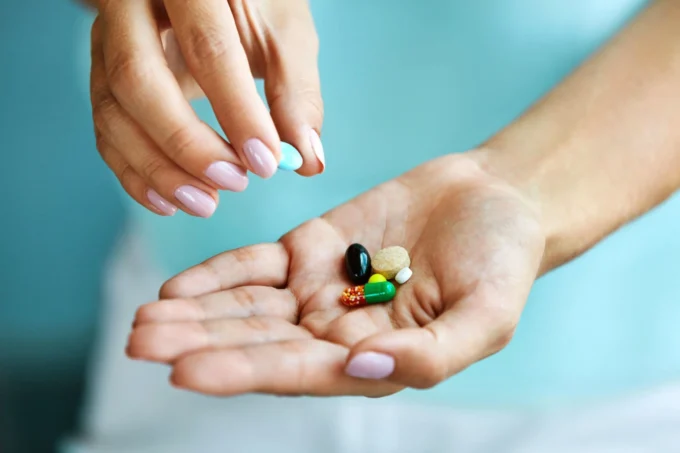
Source: familydoctor.org
The doctor may prescribe pain-relieving drugs such as paracetamol and ibuprofen to reduce swelling, pain, and inflammation for less severe cases. The doctor may recommend pairing up the medication with home remedies for faster healing. Common home remedies include:
- Getting adequate rest
- Massages
- Watching weight
- Taking warm baths
- Exercises
- Heat and cold compresses
- Use of compression bandages
Physical therapy
This type of therapy is mainly recommended for people that are physically active such as athletes. Physical therapy helps enhance strength around one’s muscles. The doctor identifies a suitable technique for your joint injury during physical therapy. Athletes may be required to undertake specific exercises to enhance their stability and flexibility.
Injection therapy
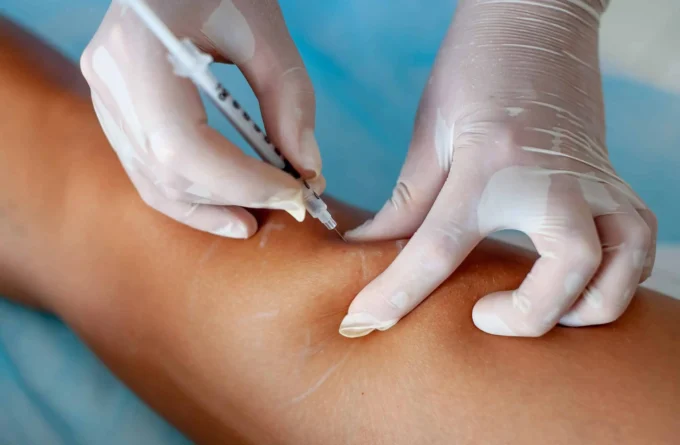
Source: dermaglow.melbourne
This therapy involves the injection of medicine directly into the affected area. Injections are a quick way to reduce inflammation and pain and lubricate joints. Corticosteroids are the most common form of therapeutic injection. It offers relief that may last a couple of months.
Platelet-rich plasma (PRP) is an injection produced by isolating plasma from blood. It contains an individual’s platelets and is thought to promote fast healing upon injection.
Stem cell injection contains a patient’s stem cells and is very helpful in reducing inflammation and repairing damaged tissues.
Surgical reconstruction
At times surgery may be the best alternative a patient has for correcting a joint injury
The two major types of surgery include:
-
Total joint replacement
This is a surgery where the surgeon replaces damaged bone with an artificial joint known as a prosthesis.
-
Arthroscopic surgery
This surgery mainly involves using a fiber-optic camera to visualize and treat the affected joint without making a large incision.
Orthovisc injection
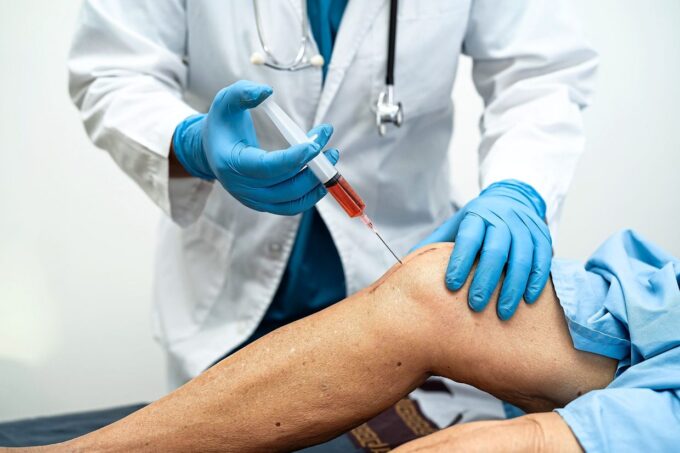
Source: thestar.com.my
This type of injection is mainly used to treat knee joints and involves a series of injections given at an interval of one week. It also serves as a suitable alternative for patients who don’t get relief from physical therapy and painkillers.

